Settlers of Donegal
It should be remembered ... that there are two Donegals – an outer and an inner. The former ... consists of the extensive mountainous districts that lie along the western seaboard, and at some points run far inland. The latter consists of the more flat and fertile country that lies between the mountains and the river Foyle ... In the days of the Ulster Plantation, from 1607 onwards, this district ... was largely peopled by immigrants from Scotland, whose descendants, unto this day, till the fields their forefathers then acquired, and keep to the Presbyterian principles they brought with them from their native land ...’
From In the Days of the Laggan Presbytery (1908) by Rev. A. G. Lecky of Ballylennon Presbyterian Church
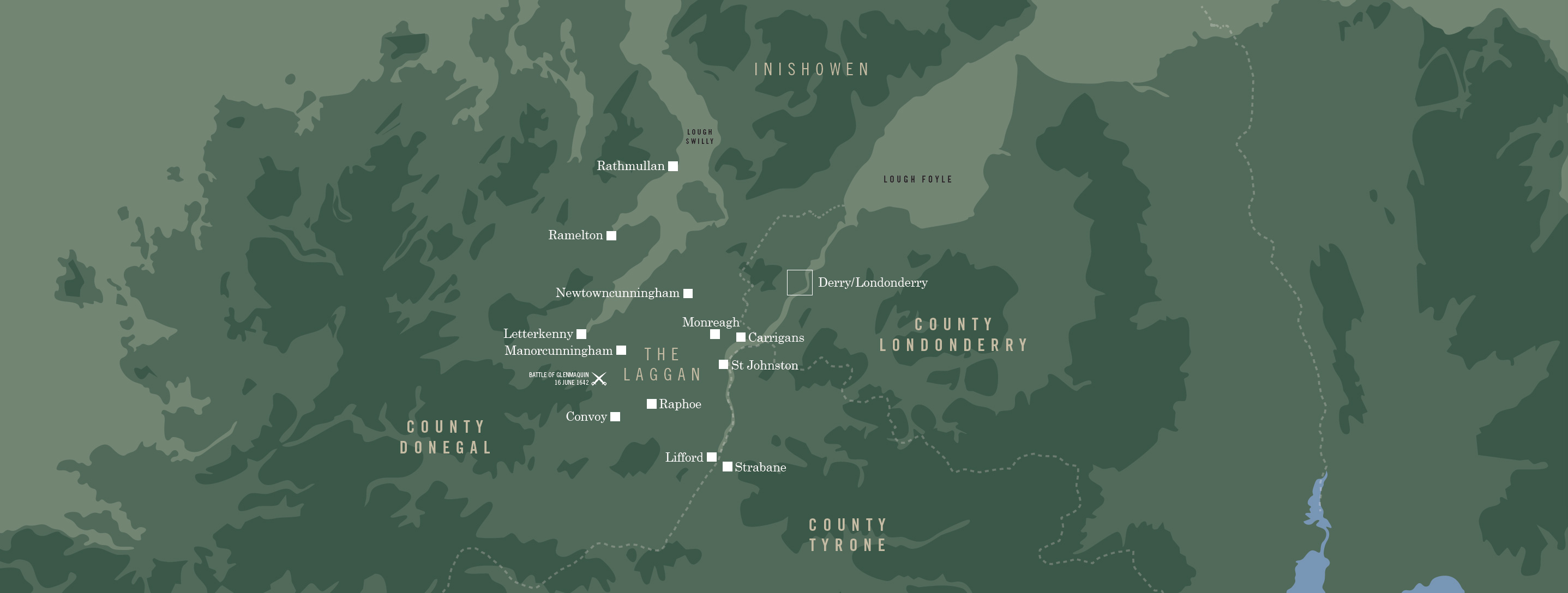
Map of Settlers
Monreagh
Presbyterians have been gathering for worship at Monreagh for over 350 years. The present meeting house was built in the early 1700s and was constructed on the traditional T-plan. The building in which you are now standing was built as a manse in the 1870s thanks in part to money raised in the United States.

Monreagh Presbyterian Church
Taughboyne
Taughboyne is an ancient religious site. In the early 1600s it became a place of worship for the Scottish settler community. The churchyard has been used by all denominations. Several ministers of Monreagh lie buried here, including Rev. John Hart who died in 1687 and whose tombstone can be found near the west end of the church.
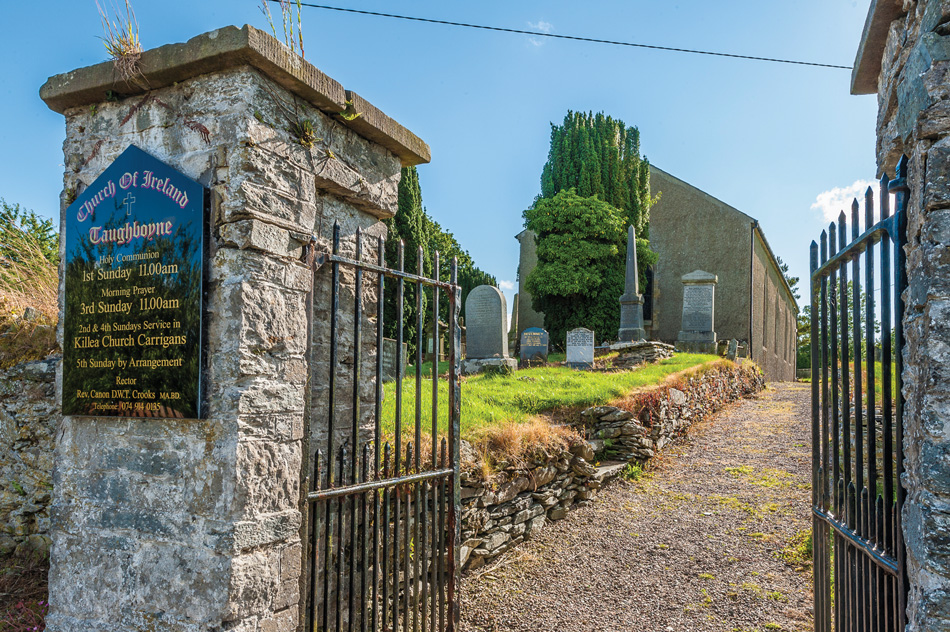
Taughboyne Parish Church
Raphoe
The small town of Raphoe is one of the most historic locations in Ulster. In the early 1600s Raphoe acquired a Scottish tinge to its character, largely through the efforts of two energetic bishops from Scotland. The Georgian townscape focused on the Diamond adds to Raphoe’s historic interest. Overlooking the cathedral and town, stand the ruins of Raphoe Castle.
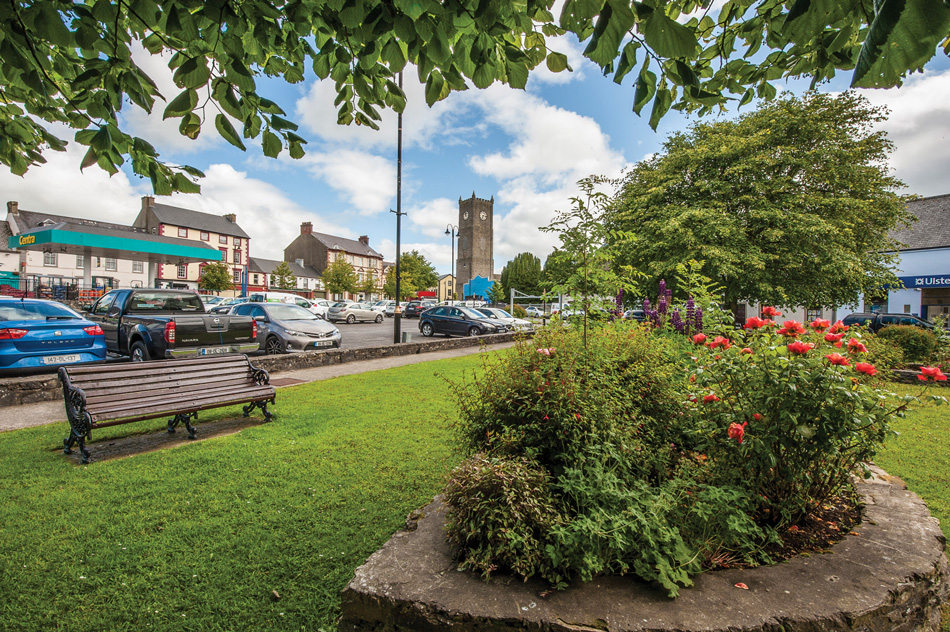
The Diamond, Raphoe
Convoy
Situated alongside the River Deele, the origins of the village of Convoy date to the 1600s. For over a century the Convoy estate was owned by the Montgomery family. This family produced the famous General Richard Montgomery who was killed at the Battle of Quebec in 1775. The present Convoy House was built in the early 1800s.
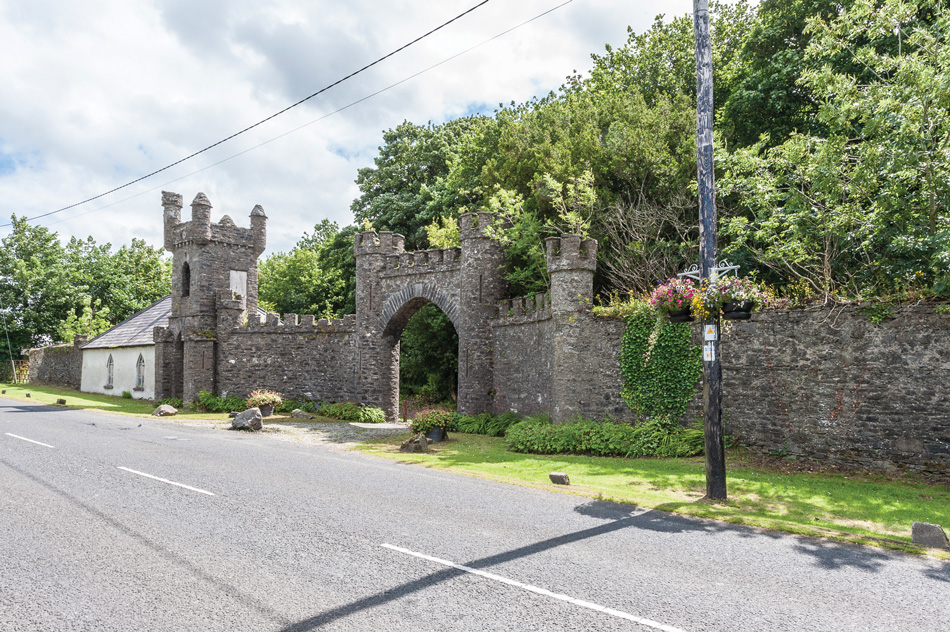
The entrance to Convoy House
Ramelton
With its handsome Georgian streetscape in a picturesque setting, Ramelton has much to interest the visitor. The Old Meeting House features a plaque to Rev. Francis Makemie, the ‘Father of American Presbyterianism’. The warehouse buildings at the quayside are reminders of Ramelton’s former commercial links with North America and the West Indies.
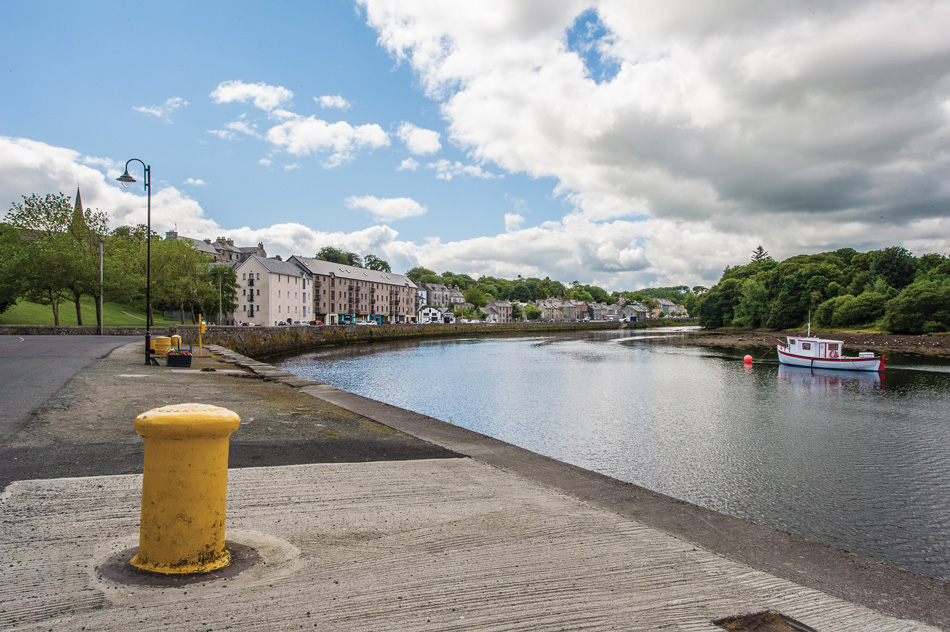
The quayside, Ramelton
St Johnston
The origins of the village of St Johnston date to the period of the Ulster Plantation. In 1622, the settlement was described as consisting of ‘30 thatched houses and cabins’. St Johnston was made a parliamentary borough in the 1600s and at each general election until 1800 returned two MPs to the Irish House of Commons in Dublin.
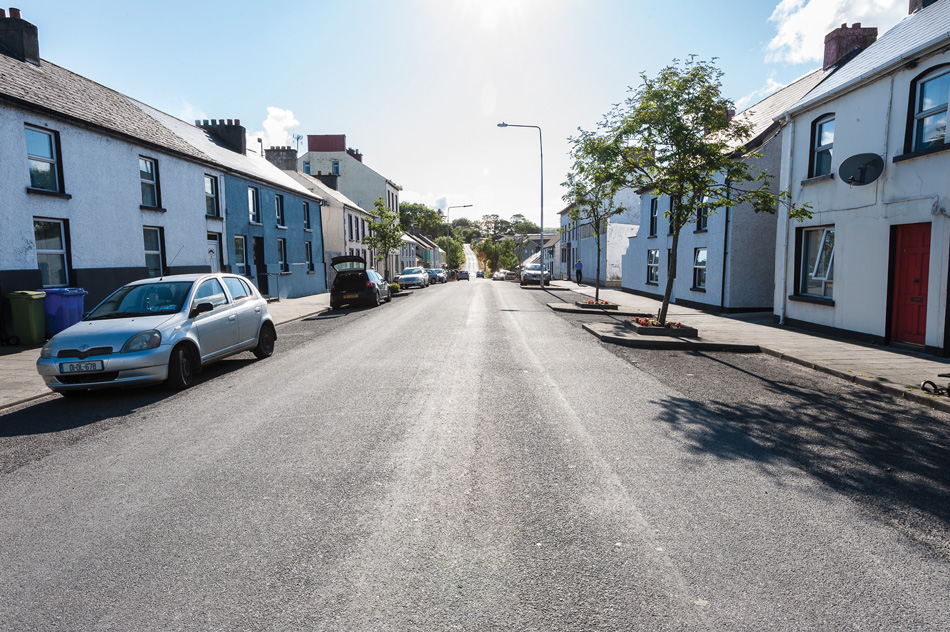
Main Street, St Johnston
Manorcunningham
Overlooking Lough Swilly, the village of Manorcunningham developed on the estate that was granted in 1610 to James Cunningham, an Ayrshire laird. Near the village at Balleeghan stand the ruins of a medieval Franciscan friary. It may have been the ‘old abbey’ which Cunningham renovated as his place of residence.
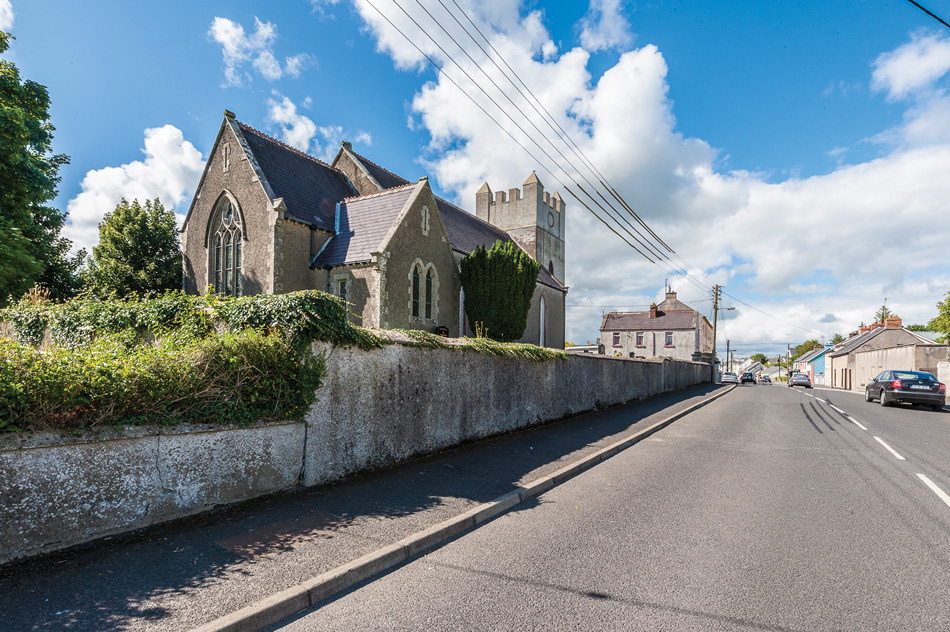
Manorcunningham with Parish Church in foreground
Newtowncunningham
The village of Newtowncunningham was another settlement established by the Scottish families in the 1600s. It developed on the estate granted to John Cunningham, who was from Kilbirnie in Ayrshire. The nearby ruins of Burt Castle date from the late 1500s. Though built for an Irish lord, the castle was constructed on a Scottish plan.
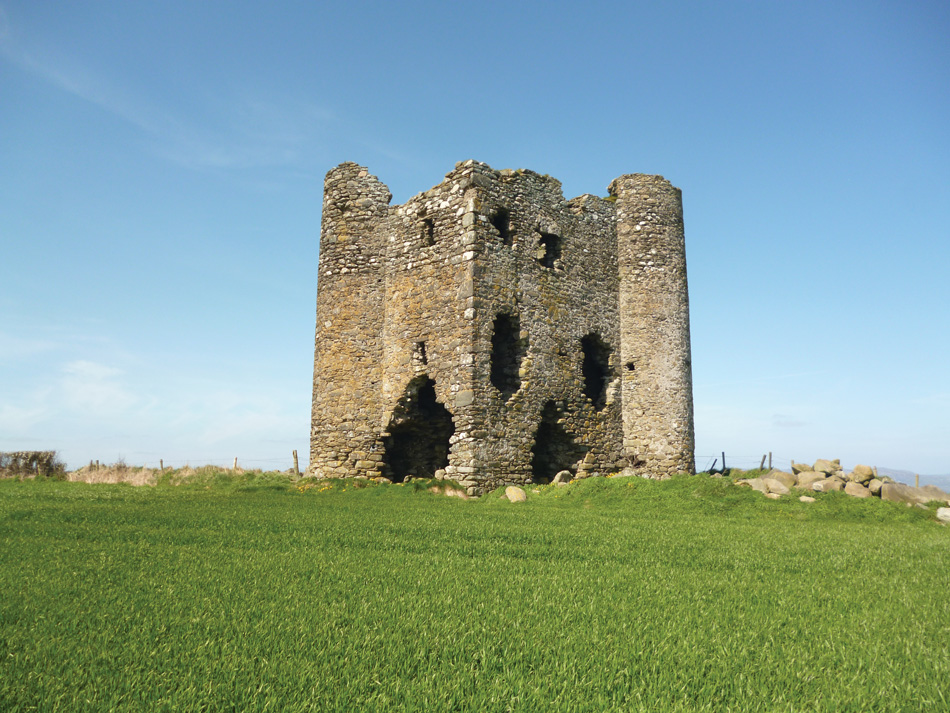
Burt Castle
